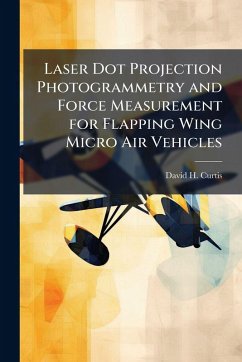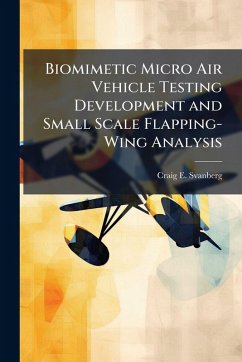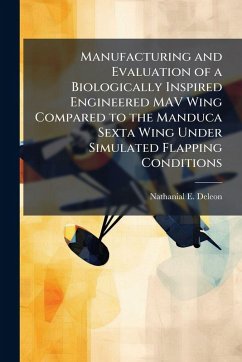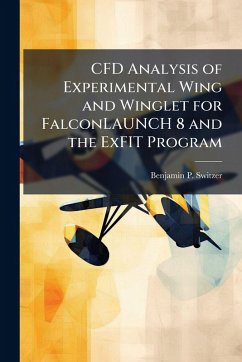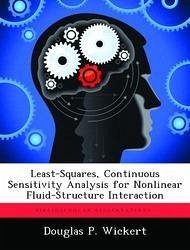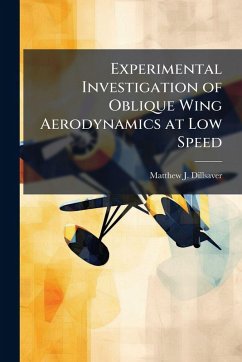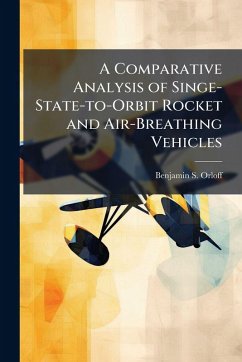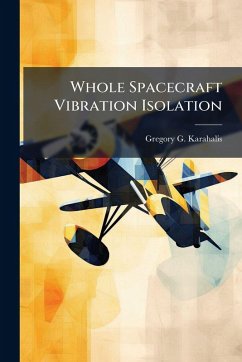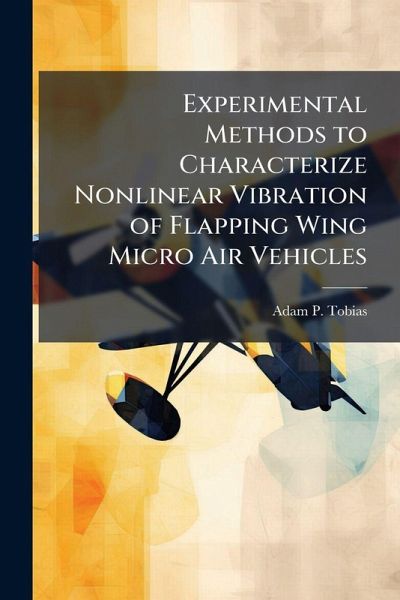
Experimental Methods to Characterize Nonlinear Vibration of Flapping Wing Micro Air Vehicles
Versandkostenfrei!
Versandfertig in über 4 Wochen
18,99 €
inkl. MwSt.
Weitere Ausgaben:

PAYBACK Punkte
9 °P sammeln!
For urban combat reconnaissance, the flapping wing micro air vehicle concept is ideal because of its low speed and miniature size, which are both conducive to indoor operations. The focus of this research is the development of experimental methods best suited for the vibration testing of the wing structure of a flapping wing micro air vehicle. This study utilizes the similarity of a beam resonating at its first bending mode to actual wing flapping motion. While computational finite element analysis based on linear vibration theory is employed for preliminary beam sizing, an emphasis is placed ...
For urban combat reconnaissance, the flapping wing micro air vehicle concept is ideal because of its low speed and miniature size, which are both conducive to indoor operations. The focus of this research is the development of experimental methods best suited for the vibration testing of the wing structure of a flapping wing micro air vehicle. This study utilizes the similarity of a beam resonating at its first bending mode to actual wing flapping motion. While computational finite element analysis based on linear vibration theory is employed for preliminary beam sizing, an emphasis is placed on experimental measurement of the nonlinear vibration characteristics introduced as a result of large movement. Beam specimens fabricated from 2024-T3 aluminum alloy and IM7/5250-4 carbon epoxy were examined using a high speed optical system and a scanning laser vibrometer configured in both three and one dimensions, respectively. This work has been selected by scholars as being culturally important, and is part of the knowledge base of civilization as we know it. This work was reproduced from the original artifact, and remains as true to the original work as possible. Therefore, you will see the original copyright references, library stamps (as most of these works have been housed in our most important libraries around the world), and other notations in the work. This work is in the public domain in the United States of America, and possibly other nations. Within the United States, you may freely copy and distribute this work, as no entity (individual or corporate) has a copyright on the body of the work. As a reproduction of a historical artifact, this work may contain missing or blurred pages, poor pictures, errant marks, etc. Scholars believe, and we concur, that this work is important enough to be preserved, reproduced, and made generally available to the public. We appreciate your support of the preservation process, and thank you for being an important part of keeping this knowledge alive and relevant.



